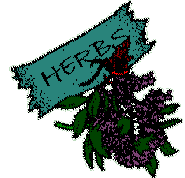 Herbs--W
Herbs--W 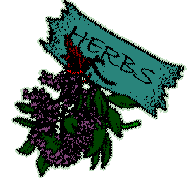
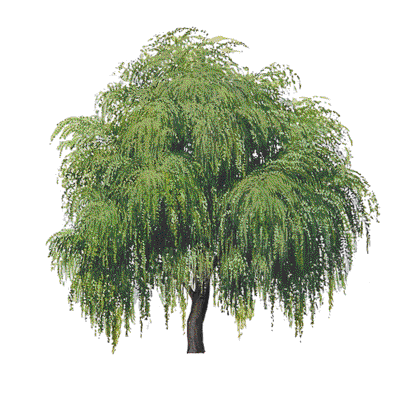 |
Common Names: Willow Latin Name: Salix spp. Parts Used: Bark, wood Cultivation: Cuttings will root in moist soil. Start them where you want them to grow, as willows are difficult to transplant. Willows prefer soggy soil and full sun. Cosmetic Uses: Decoctions of white willow bark make good facial astringents. Magickal Uses: The willow tree is associated with the moon. Its wood is frequently used to make magick wands, and willow branches are used to bind a witch's besom. Use willow leaves in love mixtures, and carry them to guard against evil. Medicinal Uses: Willow bark has been used for thousands of years to treat fevers and relieve the pain of headaches and arthritis. The bark contains salicin, the natural source of the chemicals used to make aspirin. It is also good for heartburn and digestive upsets (unlike aspirin, which can irritate your stomach). |
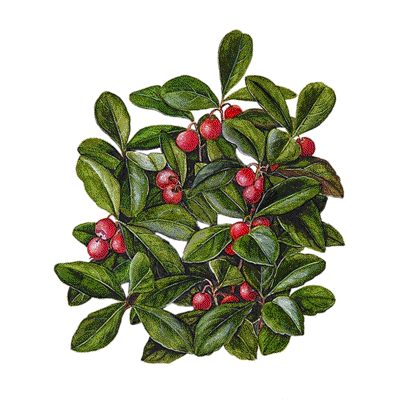 |
Common Names: Wintergreen, Teaberry Latin Name: Gaultheria procumbens Parts Used: Leaves and berries Cultivation: Wintergreen is a hardy perennial groundcover. It gorws in moist, acidic soil in partial shade. Cosmetic Uses: Wintergreen infusions can help heal skin problems. Culinary Uses: Wintergreen is a popular flavoring for chewing gum. You can use the leaves as a natural substitute but they turn bitter quickly. Magickal Uses: Place sprigs of wintergreen in your children's pillows to protect them and bring them good fortune. Use it in healing spells. Medicinal Uses: If you've used Ben-Gay you've used wintergreen. Oil of wintergreen can be used in poultices to relieve body aches and pains. A tea of wintergreen leaves relieves sore throats, upste stomachs, fevers, and gonorrhea symptoms. Cautions: Pure oil of wintergreen can irritate the skin and should be used with caution. |
Common Names: Wild Yam, Colic Root Latin Name: Discorea villosa Parts Used: Roots and rhizome Cultivation: Grows wild (hence the name!) in parts of Mexico Medicinal Uses: Used for menstrual cramping and threatened miscarriage. Wild yam contains hormonal substances very similar to progesterone, and in fact was the sole source of the hormones used in manufacturing the Pill until 1970. Wild yam is anti-inflammatory, anti-spasmodic, and diuretic; it is useful in the treatment of urinary infections. It can also be used to treat colic and rheumatism. Caution: Do not use during pregnancy except under medical supervision. | |
 |
Common Names: Witch Hazel, Spotted Alder Latin Name: Hamamelis virginiana Parts Used: Leaves and bark Cultivation: Witch hazel is a shrub or small tree; it is hardy to zone 5, prefers rich moist, slightly acidic soil, and will grow in full sun to part shade. Cosmetic Uses: Use as an astringent skin cleanser, aftershave, and to treat insect bites and sunburn. Magickal Uses: Witch hazel is the traditional wood used for dowsing rods. The bark and twigs can also be carried for protection. The name, incidentally, has nothing to do with witches; it comes from the Old English word for "bend," and the branches were often used to make archery bows. Medicinal Uses: Witch hazel ointment and suppositories help soothe hemorrhoids. Compresses of witch hazel are excellent in treating bruises and stopping bleeding. It can also be used as an eyewash to treat conjunctivitis. |
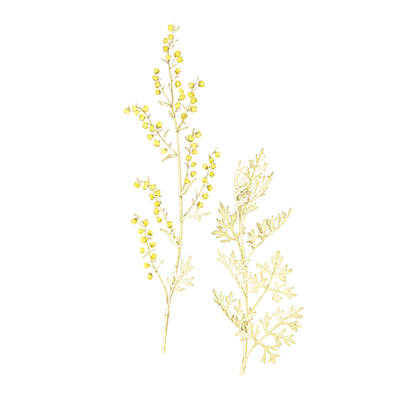 |
Common Names: Wormwood, Absinthe, Old Woman Latin Name: Artemisia absinthium Parts Used: Roots, leaves, and seeds Cultivation: Wormwood is a hardy perennial, growing in well-drained clay loam in sun to part shade. Culinary Uses: Wormwood was the active ingredient in the alcoholic drink absinthe, now banned almost everywhere. Absinthe led to serious mental disturbances, seizures, paralysis, and death. It was addictive. Vincent van Gogh was reputedly under the influence of absinthe when he hacked off his ear. Magickal Uses: Burn wormwood as an incense to aid in developing psychic powers, or with sandalwood to raise spirits. Carry it to protect yourself from evil spells and the bite of sea serpents. It is one of the bitter herbs of the Bible, and supposedly grew up along the trail left by the Serpent as it slithered out of the Garden of Eden. Medicinal Uses: Wormwood has been used as a vermifuge and digestive tonic. Apply a poultice of leaves or root for bruises, ulcers, and skin inflammations, especially acne. Caution: I CAN'T SAY ENOUGH ABOUT HOW DANGEROUS THE INTERNAL USE OF THIS HERB IS!!! It is an addictive, narcotic, convulsive poison which will affect your brain. Do not use it internally under any circumstances. |